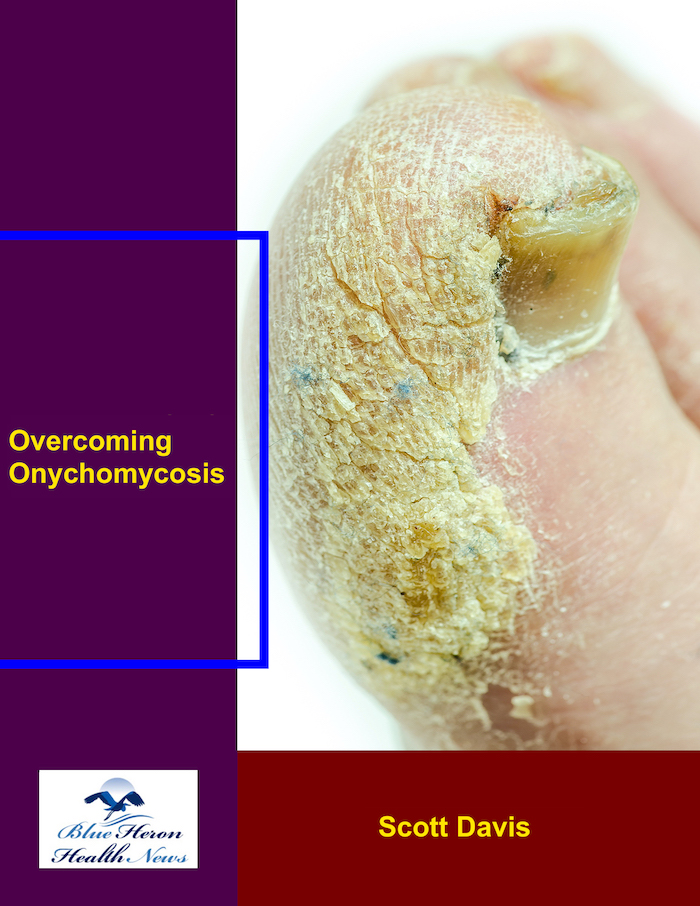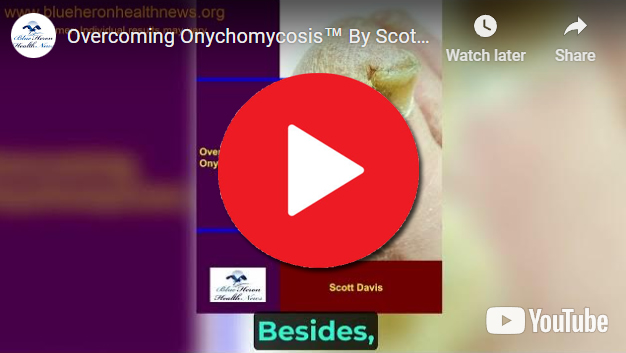
Overcoming Onychomycosis™ By Scott Davis It is a simple, natural, and all-in-one solution for onychomycosis. The program can help you to treat your nail fungus naturally. Once you follow this program, you do not need to spend on expensive treatments to prevent a recurrence. In brief, you can have a proven solution for your chronic nail fungus. Besides, the program is easy to follow, and most users find it effective against onychomycosis.
How can one prevent hemorrhoids during pregnancy?
Preventing hemorrhoids during pregnancy involves several strategies aimed at minimizing the risk factors, such as constipation, increased pressure on the veins, and hormonal changes. Here are some tips to help prevent hemorrhoids during pregnancy:
1. Maintain a High-Fiber Diet
- Increase Fiber Intake: Consuming a high-fiber diet helps prevent constipation, which is a leading cause of hemorrhoids. Foods rich in fiber include fruits, vegetables, whole grains, legumes, and seeds.
- Add Fiber Gradually: If you’re not used to a high-fiber diet, increase your fiber intake gradually to avoid bloating or gas.
- Stay Hydrated: Drink plenty of water throughout the day to help keep stools soft and prevent constipation.
2. Exercise Regularly
- Stay Active: Regular exercise can help improve circulation and prevent constipation. Even moderate activities like walking, swimming, or prenatal yoga can be beneficial.
- Avoid Prolonged Sitting or Standing: Sitting or standing for long periods can increase pressure on the veins in the lower body, so try to move around every hour to improve blood flow.
3. Practice Healthy Bathroom Habits
- Don’t Strain: Straining during bowel movements puts added pressure on the veins in your rectum and can contribute to hemorrhoids. Try to avoid straining and take your time to go when you feel the urge.
- Use a Stool to Elevate Your Feet: Elevating your feet while on the toilet can help align the rectum and make bowel movements easier. You can place a small stool under your feet to simulate a squatting position.
- Don’t Delay Bowel Movements: If you feel the urge to go, don’t delay. Waiting too long can make stool harder and more difficult to pass.
4. Use Proper Posture
- Avoid Sitting for Long Periods: If you’re sitting for extended periods (whether for work, study, or leisure), try to stand up and move around at least every 30 minutes. This can relieve pressure from the pelvic and rectal area.
- Sit Comfortably: When sitting, use a cushion or pillow to reduce pressure on the perineal area.
5. Consider Pregnancy-Safe Stool Softeners
- If you’re experiencing constipation despite a high-fiber diet, consult your healthcare provider about safe stool softeners or gentle laxatives. These can help ease bowel movements and prevent straining.
6. Manage Your Weight Gain
- Healthy Weight Gain: Gradual and healthy weight gain during pregnancy can reduce the pressure on your rectal veins. Discuss with your doctor what a healthy weight gain range is for you based on your pre-pregnancy weight and overall health.
- Wear Supportive Clothing: Consider wearing maternity support garments that help relieve pressure on your lower abdomen, especially in later stages of pregnancy.
7. Elevate Your Legs
- Rest with Elevated Legs: When you rest, elevate your legs to improve blood flow and reduce pressure on the veins. This can also help alleviate swelling in the lower body.
8. Avoid Tight Clothing
- Wear Loose-Fitting Clothes: Tight clothing, especially around the waist and thighs, can increase pressure in the rectal area. Opt for loose-fitting clothing to allow for better circulation.
9. Use Cold Compresses
- If you’re experiencing swelling or discomfort, applying a cold compress to the perineal area can help reduce inflammation and soothe the area. Be sure to wrap ice in a clean cloth to prevent direct skin contact with ice.
10. Consult Your Doctor
- Talk to Your Healthcare Provider: If you’re experiencing any symptoms of hemorrhoids, such as itching, swelling, or discomfort, discuss them with your doctor. They can provide advice on safe prevention strategies and treatments that are appropriate for pregnancy.
By following these tips, you can help reduce your risk of developing hemorrhoids during pregnancy and manage discomfort more effectively. Prevention is key, and with the right strategies, you can minimize the likelihood of experiencing hemorrhoids as your pregnancy progresses.
Hemorrhoids in children are relatively uncommon but can occur, especially in older children or those who experience chronic constipation. The symptoms can be similar to those in adults but may manifest differently, especially in younger children who may not be able to fully communicate what they’re experiencing. Here are the common symptoms of hemorrhoids in children:
1. Pain or Discomfort During Bowel Movements
- Straining: Children may show signs of discomfort or strain while passing stools, especially if they are constipated.
- Complaints of Pain: They may complain of pain during or after bowel movements, particularly if a hemorrhoid is swollen or irritated.
2. Blood in the Stool or on Toilet Paper
- Bright Red Blood: One of the most noticeable symptoms of hemorrhoids in children is the presence of bright red blood on the stool or on the toilet paper. This is usually caused by the hemorrhoid being irritated or torn during bowel movements.
- Blood on Diapers: In younger children who wear diapers, parents may notice blood on the diaper after a bowel movement.
3. Itching or Irritation Around the Anus
- Itchy Sensation: Hemorrhoids can cause irritation or itching around the anus. This may lead the child to touch or scratch the area.
- Soreness: The child may feel sore or tender around the anal area, especially when sitting or after bowel movements.
4. Swelling or Lump Near the Anus
- Visible Lump: A swollen, tender lump near or around the anus may be visible, which is indicative of an external hemorrhoid. The lump may vary in size and can cause discomfort or pain.
- Internal Hemorrhoids: While internal hemorrhoids are harder to see, they can cause symptoms like rectal bleeding, pain, or a sensation of fullness.
5. Difficulty Sitting or Lying Down
- Avoiding Sitting: The child may avoid sitting or may appear uncomfortable when sitting due to pressure on the hemorrhoid.
- Restlessness: They may become fussy or restless, especially during prolonged sitting or after using the toilet.
6. Constipation or Hard Stools
- Chronic Constipation: Chronic constipation can contribute to the development of hemorrhoids. If your child is often constipated and has difficulty passing stools, it may lead to hemorrhoid formation due to the straining involved.
- Hard, Dry Stools: If your child frequently passes hard, dry stools, this can irritate the anus and increase the risk of hemorrhoids.
7. Discomfort While Walking
- Painful Movement: If the hemorrhoids are large or inflamed, the child may experience discomfort or pain while walking or moving around due to the pressure on the anal area.
8. Behavioral Signs
- Irritability: Due to the discomfort or pain associated with hemorrhoids, children may become more irritable or fussy.
- Changes in Toilet Habits: They may start avoiding using the toilet because of the pain or discomfort associated with bowel movements.
9. Difficulty with Hygiene
- Trouble Cleaning: The child may have difficulty cleaning themselves properly after using the toilet because of pain, swelling, or tenderness in the anal area.
When to See a Doctor:
If you notice any of these symptoms, especially blood in the stool, persistent pain, or a visible lump around the anus, it’s important to consult with your child’s pediatrician. The doctor can determine whether the symptoms are caused by hemorrhoids or another condition, such as anal fissures or infections. They can recommend appropriate treatments or lifestyle changes, such as dietary adjustments or strategies to prevent constipation, to help alleviate the discomfort.
In most cases, hemorrhoids in children can be managed with simple treatments like stool softeners, increased fiber intake, or warm baths. However, if the condition is severe or persistent, medical intervention may be necessary.
Overcoming Onychomycosis™ By Scott Davis It is a simple, natural, and all-in-one solution for onychomycosis. The program can help you to treat your nail fungus naturally. Once you follow this program, you do not need to spend on expensive treatments to prevent a recurrence. In brief, you can have a proven solution for your chronic nail fungus. Besides, the program is easy to follow, and most users find it effective against onychomycosis.
